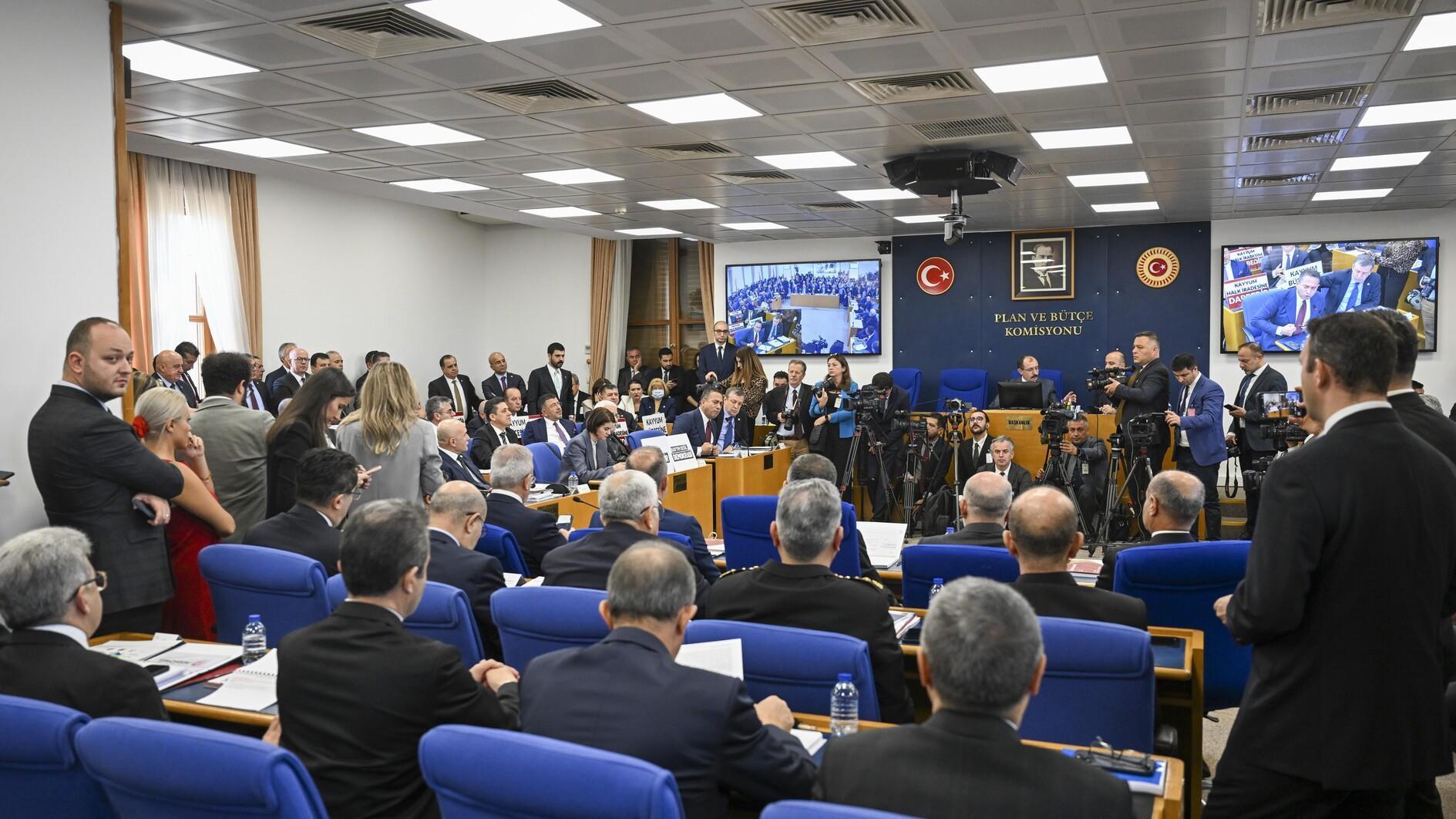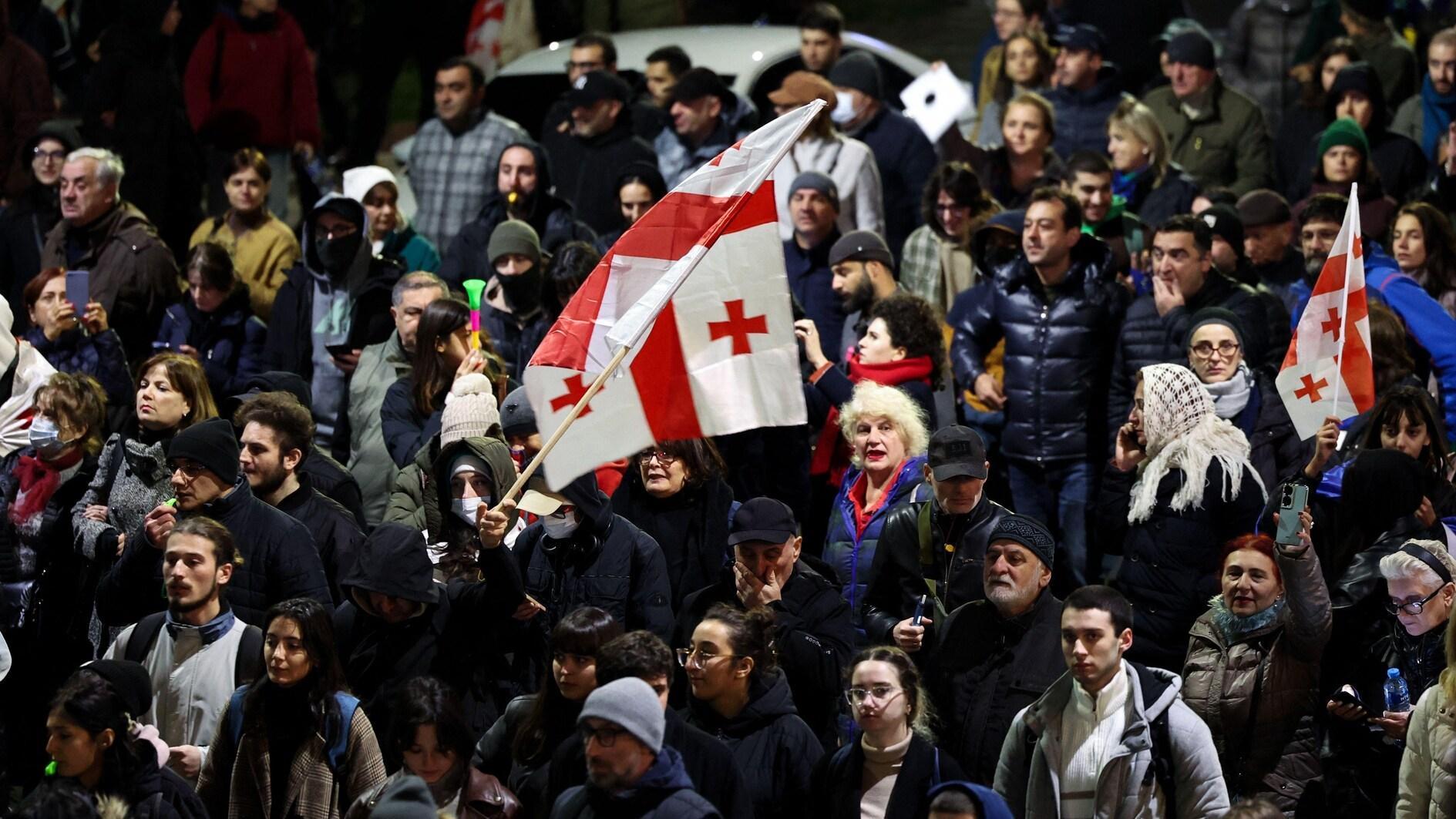How D-Day was ‘invented’ with Gallipoli inspiration? Here is an answer in 3D
Emre KIZILKAYA PARIS – Hürriyet Daily News

As I stand on the beach of Arromanches, a small town in northern France, I watch hundreds of soldiers rigorously working aboard warships and scores of tanks slowly moving on platforms that link the military vessels to the land, floating in a swelling sea.
Instead of binoculars, I have 3D glasses to see around, but witnessing the key logistics operation for the largest military landing ever is exciting even when you do it in a virtual world.
I was among the journalists who were invited from around Europe to try this new 3D simulation at Dassault Systèmes headquarters in Paris this month, just before the 70th anniversary of the gigantic military operation.

Tim Beckett (inset R) and Nicolas Serikoff (inset) are among
the developers of the 3D simulation of the D-Day at Dassault
Systèmes headquarters in Paris
Officials of Dassault and its Passion for Innovation Institute explained how they virtually constructed the Arromanches artificial harbor and now-forgotten military vehicles as a timely tribute to the engineers who played a vital role in the Allied victory in World War II.
Operation Overlord was launched at dawn on June 6, 1944, commonly known as D-Day, with the Normandy landings in which British, Canadian, and U.S. forces were landed at the Utah, Omaha, Gold, Juno and Sword beaches.
The Gold Beach landing to establish a beachhead between Arromanches and Ver-sur-Mer as a primary D-Day objective was so crucial that it was able to change the war’s fate.
The artificial harbor built by English engineers on Gold Beach at Arromanches, codenamed “Mulberry B,” was built in three days and used to sustain the massive invasion for the next eight months, landing over 2.5 million men, 500,000 vehicles and 4 million tons of supplies. As the first temporary deepwater facility of its kind ever devised and attempted, it was the product of a series of innovations developed by Maj. Allan Beckett of the Royal Engineers.
After I was immersed in the 3D simulation, which I also had a first-hand experience of how the pontoon bridge and "kite" anchors were behaving on June 6, 1944, during high tide and low tide, I took the chance to speak to Allan Beckett’s son, Tim Beckett, who is also an engineer.
“D-Day wouldn’t have succeeded without the defeat in Gallipoli,” Beckett answered one of my questions regarding similarities and differences between two largest seaborne landings in the history of mankind.
 As I stand on the beach of Arromanches, a small town in northern France, I watch hundreds of soldiers rigorously working aboard warships and scores of tanks slowly moving on platforms that link the military vessels to the land, floating in a swelling sea.
As I stand on the beach of Arromanches, a small town in northern France, I watch hundreds of soldiers rigorously working aboard warships and scores of tanks slowly moving on platforms that link the military vessels to the land, floating in a swelling sea.
















